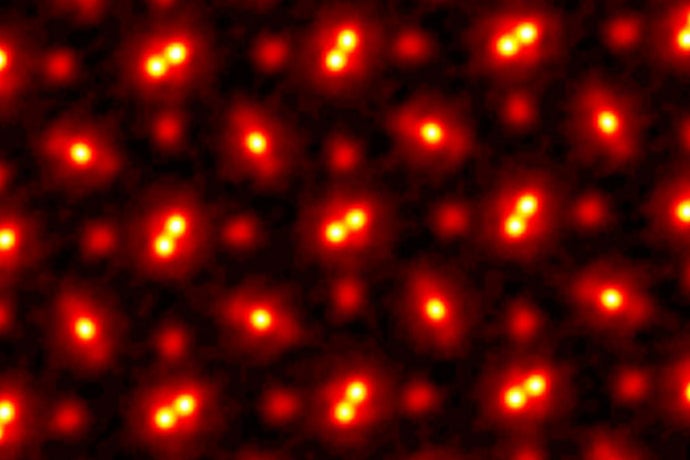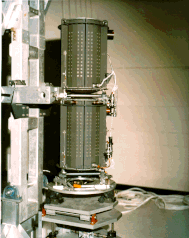This image of Perseverance’s backshell (left of center), supersonic parachute (far right), was collected from an altitude of 26 feet (8 meters) by NASA’s Ingenuity Mars Helicopter during its 26th flight on Mars on April 19, 2022. Credit: NASA/JPL/Caltech
Ingenuity’s really proving to be capable of fast science, I wonder if there are plans for a Martian blimp or something that would allow for much longer flight times. There were talks of a blimp for Titan before they decided on an Ingenuity on steroids instead so there should already be some blueprints that can be reused.
Wow I wish Kerbal Space Program had supersonic parachutes.
https://twitter.com/nasaspaceflight/status/1521265073213390848?s=21&t=WjFmi7kMX3TMi1ltBKIjDA
Video is intensely disappointing.
Drogue chutes are deployable at supersonic speeds.
It’s been far too long since I’ve played that game; forgot all about drogue chutes.
May as well be looking at an image of an atom.

Really incredible stuff. The best space exploration is still done right here on Earth somehow.
would probably need to vett claims like this. although believable in the context of other launch failures roskosmos has been having
It’s definitely the second case.
The spacecraft are both almost 45 years old, which is far beyond what the mission planners anticipated. We’re also in interstellar space – a high-radiation environment that no spacecraft have flown in before.
Why is interstellar space higher in radiation? It seems counterintuitive that empty space far away from giant balls of radiation would have more of it. Is there lingering big bang/supernova juice lying around out there that the sun somehow protects the solar system from?
Is it the transmissions back and forth that bother you? You can tell it to do other stuff, so why not? Ofc the programs it’s running have to be really small so it’s not like updating Windows.
The question I had was why the interstellar medium has such nasty radiation. I expected being close to the sun to be worse. But apparently if it wasn’t for the sun’s magnetic field we’d all be deader than fried chicken.
@WAR lol, I swear I didn’t see your post before I hit reply.
It’s called kubernetes, look it up! 
I’m genuinely curious how this happens too and trying to find some more details.
I recall building a model of magnetic core memory in JHS so I’m kind of surprised there are CMOS devices on Voyager.
32 K!
The digital control electronics of the Voyagers were not based on a microprocessor integrated circuit chip.
Ah, ok. Implemented with discreet devices. That would make it much more radiation resistant.
There was still software in the 70s. It’s not like every program was embedded into the firmware. Instead of sitting there with a bunch of punch cards, you need a way to send those bits wirelessly, then restart the program. I believe network protocols were fairly mature by then as far as fault tolerance, lost packets and things like that. Although knowing NASA they may have designed their own bespoke protocol.
Whilst the craft were between Saturn and Uranus the onboard software was upgraded to do a degree of image compression and to use a more efficient Reed-Solomon error-correcting encoding.[39]: 33
RTGs for the Voyager program
Then between 1986 and 1989, new techniques were brought into play to combine the signals from multiple antennas on the ground into one, more powerful signal, in a kind of an antenna array.[39]: 34 This was done at Goldstone, California, Canberra, and Madrid using the additional dish antennas available there. Also, in Australia, the Parkes Radio Telescope was brought into the array in time for the fly-by of Neptune in 1989. In the United States, the Very Large Array in New Mexico was brought into temporary use along with the antennas of the Deep Space Network at Goldstone.[39]: 34 Using this new technology of antenna arrays helped to compensate for the immense radio distance from Neptune to the Earth.
They upgraded it to middle out.




